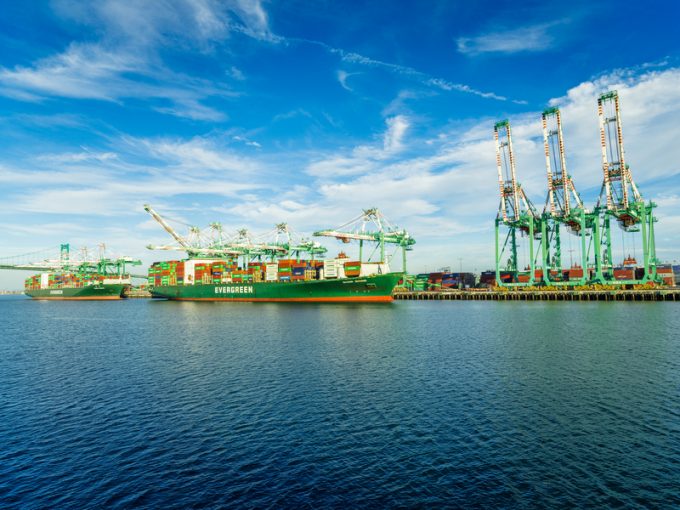BlackRock-MSC-Hutchison: 'Terminal Risk'
Marc Levinson writes on his website: Back in 2006, when he was considering a second run ...

The strategy of carriers, such as MSC, Evergreen and HMM, that heavily invested in exhaust-cleaning scrubbers appears to have backfired.
Global oil prices have slumped to below $20 per barrel, due to the coronavirus pandemic, and bunker prices have reacted accordingly.
The margin between IMO 2020-compliant low-sulphur fuel oil (LSFO) and the heavy fuel oil (HFO) burned by ships fitted with scrubbers, is eroding daily.
According to data supplied by Ship & Bunker, Rotterdam-sourced LSFO is on offer today at $149.50 per ton, ...
Volcanic disruption at Anchorage could hit transpacific airfreight operations
Shippers snap up airfreight capacity to US ahead of tariff deadline
Forwarders stay cool as US 'liberation day' tariffs threaten 'global trade war'
New price hikes may slow ocean spot rate slide – but for how long?
Tighter EU import requirements proving 'a challenge' for forwarders
Supply chain delays expected after earthquake hits Myanmar
Looming Trump tariffs will create 'a bureaucratic monster' for Customs

Comment on this article